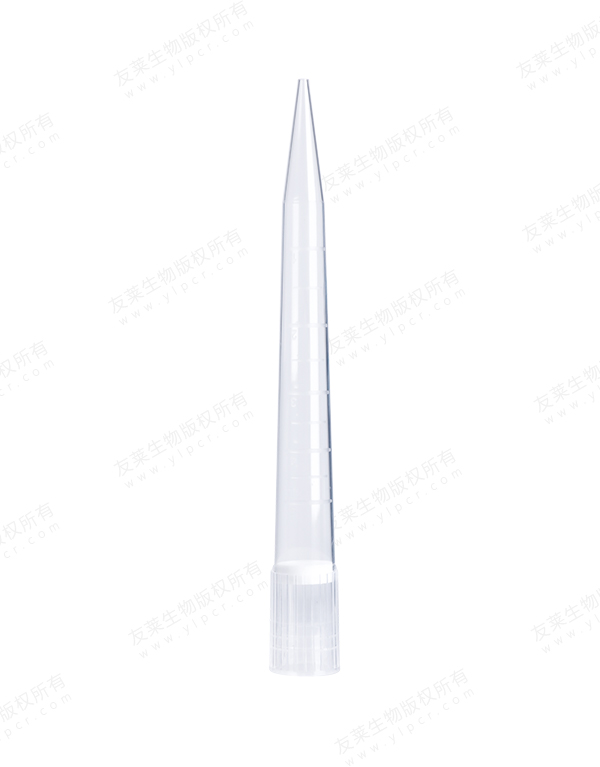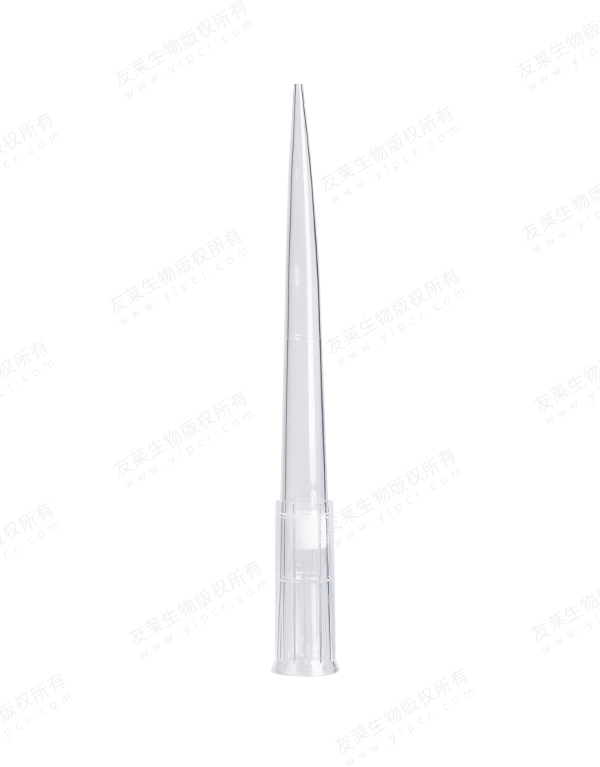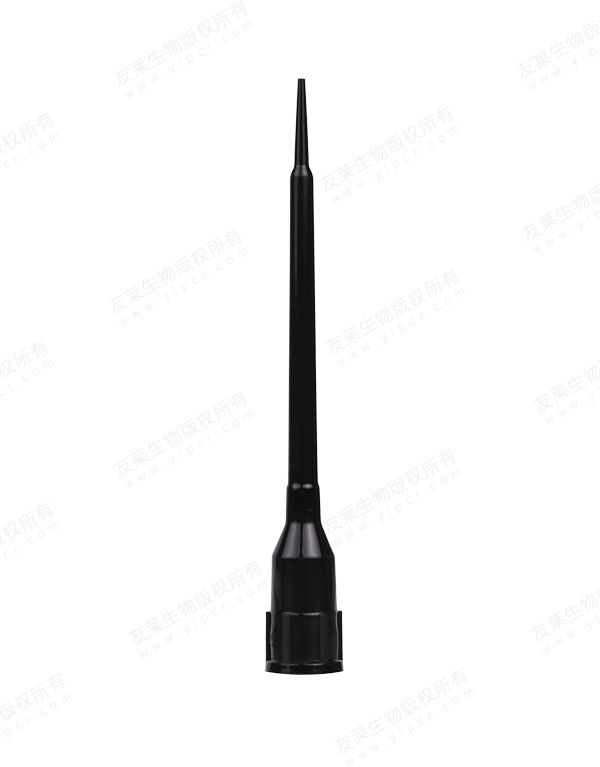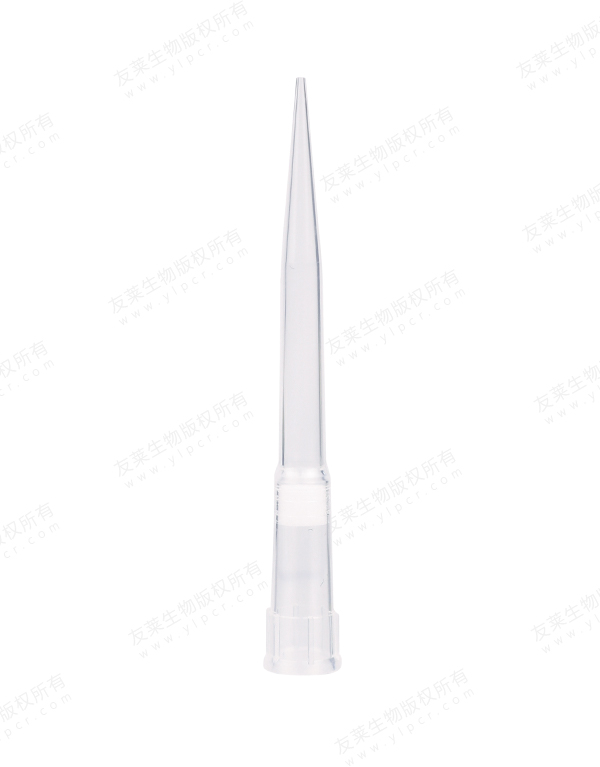Material Sustainability: Choose consumables made from sustainable materials whenever possible. Opt for products made from recycled materials or those sourced from renewable resources to reduce environmental footprint.
Energy Consumption: Evaluate the energy consumption associated with the production, use, and disposal of consumables. Select products manufactured using energy-efficient processes or those requiring minimal energy inputs during usage.
Resource Consumption: Assess the use of natural resources, such as water and raw materials, in the production of consumables. Opt for products that minimize resource consumption and promote efficient resource utilization.
Waste Generation: Consider the amount of waste generated from the use of consumables throughout the experimental process. Choose products with minimal packaging or those that can be recycled or disposed of responsibly to reduce waste generation.
Biodegradability: Prioritize consumables that are biodegradable or compostable to facilitate their environmentally friendly disposal. Biodegradable products break down naturally over time, reducing their impact on landfills and ecosystems.
Chemical Content: Evaluate the chemical content of Lab Consumables, including any additives or coatings used in their production. Avoid products containing harmful chemicals or substances that pose risks to human health or the environment.
Carbon Footprint: Consider the carbon footprint associated with the production, transportation, and disposal of consumables. Choose products with lower carbon emissions or those produced locally to minimize transportation-related environmental impact.
Life Cycle Assessment: Conduct a life cycle assessment (LCA) to analyze the environmental impacts of consumables from cradle to grave. Consider factors such as greenhouse gas emissions, water usage, and pollution to identify environmentally preferable options.
Packaging: Evaluate the packaging materials used for consumables and their impact on the environment. Choose products with minimal packaging or those packaged using recyclable or biodegradable materials to reduce waste generation.
Certifications and Labels: Look for certifications or eco-labels indicating environmental credentials, such as Forest Stewardship Council (FSC) certification or eco-friendly labels, to guide sustainable purchasing decisions.

 English
English русский
русский 中文简体
中文简体




